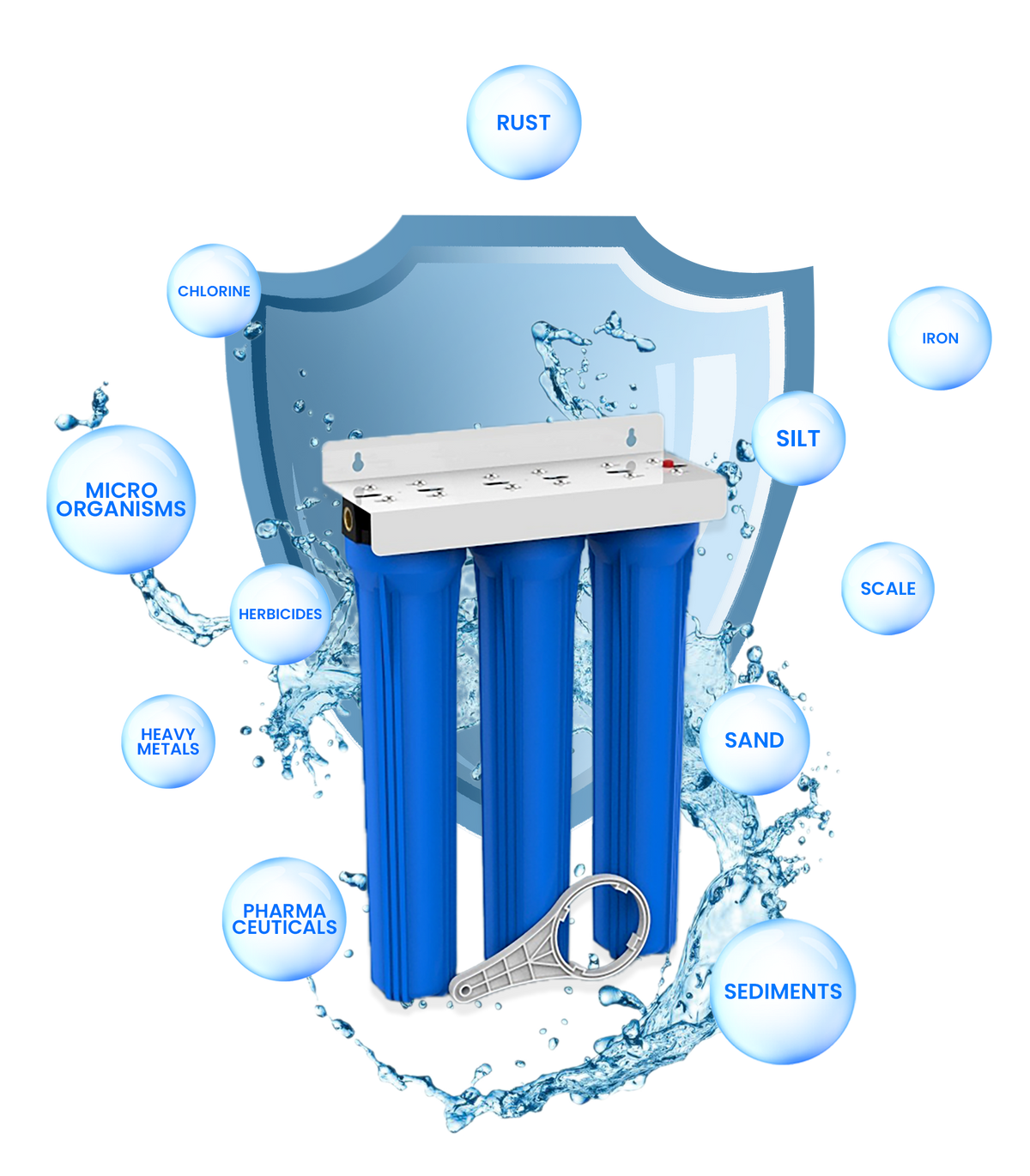Commonly used as a pre-filter in water treatment systems to protect downstream components, such as activated carbon filters, from clogging and to improve the overall quality of water.
Ceramic media filters are often used in conjunction with other water treatment methods, such as activated carbon or reverse osmosis, to provide comprehensive water purification. They are durable, long-lasting, and can be cleaned and reused multiple times, making them a cost-effective solution for water filtration.
The purpose of using polyphosphates in a filter cartridge is to prevent scale and corrosion in plumbing systems and appliances. Polyphosphates work by sequestering or binding minerals such as calcium and magnesium, preventing them from precipitating and forming scale on pipes, fixtures, and appliances like water heaters and dishwashers.

The carbon is compressed into a solid block and formed into a cartridge, which is then placed inside a water filter system. When water passes through the cartridge, the activated carbon adsorbs the impurities, leaving behind clean, clear water
It is commonly used in water treatment systems to remove impurities such as chlorine, pesticides, and other organic compounds. GAC works by adsorbing impurities onto its surface, trapping them within its pores.
Zeolites are natural or synthetic minerals with a unique porous structure that allows them to adsorb and trap impurities. In a zeolite water filter, water passes through a bed of zeolite minerals, which capture and remove contaminants such as heavy metals, ammonia, and radioactive particles. Zeolite filters are often used in conjunction with other filtration technologies to provide comprehensive water treatment.











